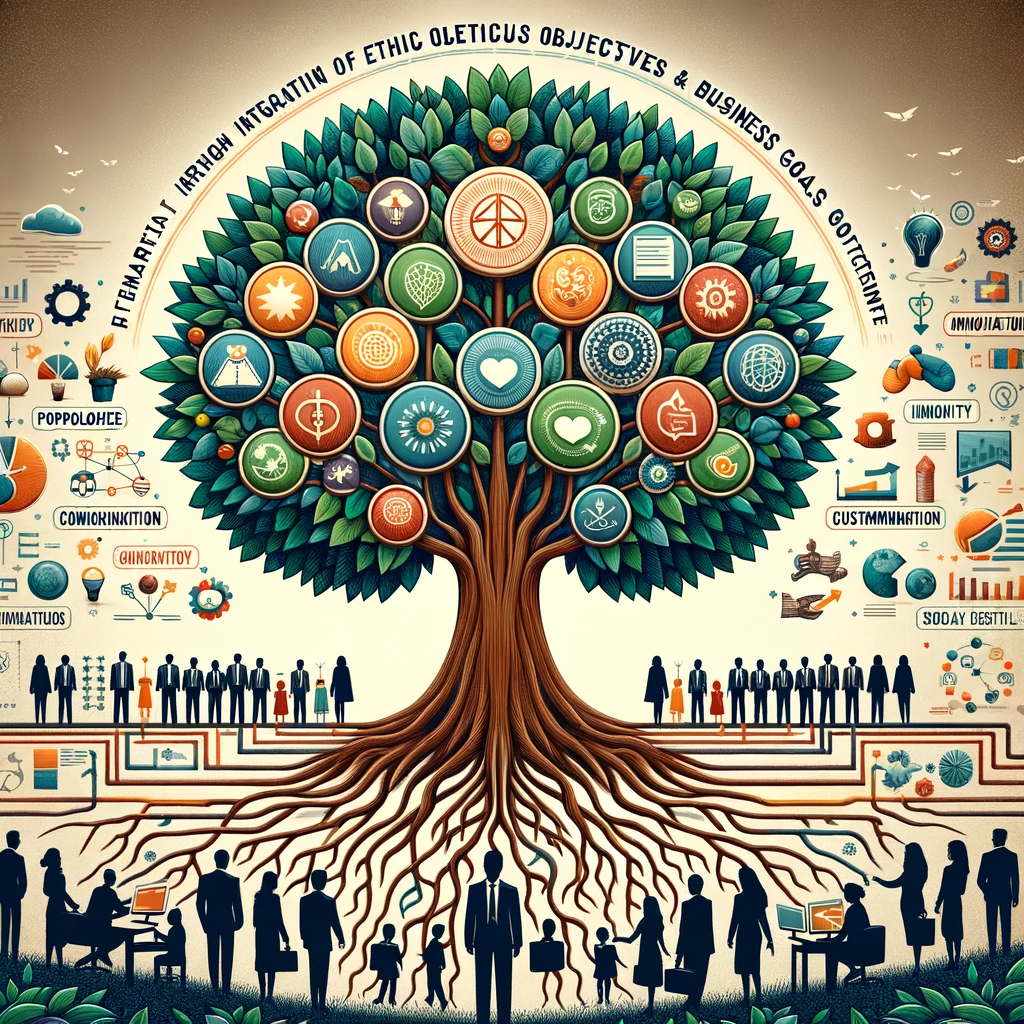Inputs: Resources that a business uses in the production process (i.e. labour and raw materials)
Processes: Turning the inputs into manufactured goods or the provision of services
Outputs: The output or provision of final goods and services
The role of a business in combining resources to produce goods or services is fundamental to its operations and success. This transformation process involves converting inputs (resources) through various processes into outputs (final goods and services). Understanding this transformation process is crucial for IB Business & Management students, as it highlights the importance of efficient resource management, process optimization, and value creation. This comprehensive analysis explores the inputs, processes, and outputs involved in business operations, using industry examples to illustrate these concepts in practice.
Inputs
Definition: Inputs are the resources that a business uses in its production process. These can be categorized into human resources (labor), natural resources (raw materials), and capital resources (machinery and technology).
Example: In the automobile manufacturing industry, Toyota uses various inputs in its production process. Human resources include engineers, assembly line workers, and designers; natural resources encompass steel, rubber, and glass; and capital resources involve assembly robots and manufacturing plants. Toyota’s efficient management of these inputs is crucial for maintaining high-quality production standards.
Processes
Definition: Processes refer to the series of actions or steps taken to transform inputs into finished goods or services. This can involve manufacturing, assembly, quality control, and service provision, depending on the nature of the business.
Example: Starbucks’ processes involve sourcing raw materials (coffee beans), roasting and packaging the beans, and finally brewing and serving coffee in its stores. Additionally, Starbucks’ processes extend to training baristas and managing the customer service experience to ensure consistency and quality across all its outlets.
Outputs
Definition: Outputs are the final goods or services produced by a business, ready for consumption or use by customers. Outputs represent the value created through the transformation of inputs by the business processes.
Example: In the technology sector, Apple’s outputs include a range of consumer electronics and software products, such as iPhones, iPads, MacBooks, and the iOS operating system. These outputs result from complex design, manufacturing, and software development processes that combine various inputs.
The Role of Business in Combining Resources
The role of a business in this transformation process is to effectively and efficiently combine resources to create value. This involves strategic resource allocation, process optimization, innovation, and quality control to produce outputs that meet customer needs and preferences.
Strategic Resource Allocation: Businesses must decide how best to allocate limited resources to maximize output and efficiency. This requires careful planning and management of inputs.
Process Optimization: Continuous improvement and optimization of business processes are essential for reducing costs, improving quality, and increasing productivity.
Innovation: Innovation in products, services, and processes can differentiate a business from competitors and drive growth by creating new value for customers.
Quality Control: Maintaining high standards of quality throughout the production process ensures that the final outputs meet customer expectations and regulatory requirements.
Conclusion:
The role of a business in combining resources to produce goods or services is a complex process that requires careful management of inputs, processes, and outputs. This system of transformation is at the heart of business operations, driving value creation, competitive advantage, and market success. The examples of Toyota, Starbucks, and Apple illustrate how businesses in different industries manage and optimize this process to achieve their objectives. For IB Business & Management students, understanding this transformation process provides valuable insights into the operational challenges and strategic decisions faced by businesses in producing goods and services.
Frequently Asked Questions About Business
Starting a business involves several key steps. While specifics vary by location and business type, common steps include:
- Develop Your Idea: Refine your concept, identify your target market, and assess feasibility.
- Write a Business Plan: Outline your business structure, products/services, marketing strategy, and financial projections.
- Choose a Legal Structure: Decide whether to be a sole proprietorship, partnership, LLC, corporation, etc.
- Register Your Business: File necessary paperwork with local, state, or federal government agencies.
- Obtain Licenses and Permits: Get any required permits based on your industry and location.
- Secure Funding: Explore options like savings, loans, investors, or grants.
- Open a Business Bank Account: Keep business finances separate from personal ones.
- Build Your Team (if needed): Hire employees or contractors.
- Market Your Business: Let potential customers know you exist.
Business casual is a dress code that blends traditional business wear with more relaxed elements, suitable for many office environments. It aims for a neat, professional, but comfortable look.
- For Men: Often includes slacks or chinos, collared shirts (button-down or polo), sweaters, blazers, loafers, or dress shoes. Ties and suits are typically optional or not required.
- For Women: Can include skirts, slacks, or chinos; blouses, sweaters, or casual tops; blazers, cardigans, dressy flats, loafers, or modest heels.
Interpretations can vary widely by company and industry, so it's wise to observe what others wear or check with HR.
Generally, traditional blue denim jeans are not considered business casual in most standard office settings.
However, some companies, particularly in tech or creative industries, have adopted more relaxed policies where clean, dark-wash, well-fitting jeans without rips or excessive fading *might* be acceptable. Always check your specific workplace's dress code or observe colleagues.
A business day typically refers to any day in which normal business operations are conducted. In most countries, this is defined as Monday through Friday, excluding public holidays.
While Saturday and Sunday are weekend days and not considered business days, some businesses may operate on Saturdays. However, for official processing times (like banking, shipping, or legal deadlines), "business day" almost always means Monday-Friday.
The exact number of business days in a year varies slightly each year due to the calendar structure (how many weekdays fall within the year) and the specific public holidays observed.
Roughly, there are 52 weeks in a year, meaning about 52 x 5 = 260 weekdays. Subtracting 8-10 common federal/national holidays that fall on weekdays, you get approximately 250-252 business days in a typical year.
A business plan is a formal document outlining a company's goals, strategies, and financial projections. Key sections typically include:
- Executive Summary: A brief overview of the entire plan.
- Company Description: What your business is and what it does.
- Market Analysis: Research on your industry, target market, and competition.
- Organization and Management: Your company's structure and management team.
- Service or Product Line: Details about what you offer.
- Marketing and Sales Strategy: How you'll attract and sell to customers.
- Funding Request (if seeking investment): How much money you need and how you'll use it.
- Financial Projections: Forecasts like income statements, balance sheets, and cash flow statements.
- Appendix: Supporting documents like resumes, permits, etc.
There are many templates and software tools available to help you structure your plan.
Getting a business loan usually involves demonstrating creditworthiness and the ability to repay the loan. Steps typically include:
- Determine Your Needs: How much funding do you need and what will it be used for?
- Check Your Credit Score: Both personal and business credit (if established) will be reviewed.
- Develop a Strong Business Plan: Lenders will want to see a clear strategy and financials.
- Gather Financial Documents: Prepare tax returns, bank statements, financial statements, etc.
- Research Loan Options: Explore banks, credit unions, online lenders, and SBA loans.
- Complete the Application: Fill out the lender's application form accurately.
- Be Prepared for Review: Lenders will assess your application, business plan, and financials.
Having a solid repayment plan and demonstrating reliability are key.






